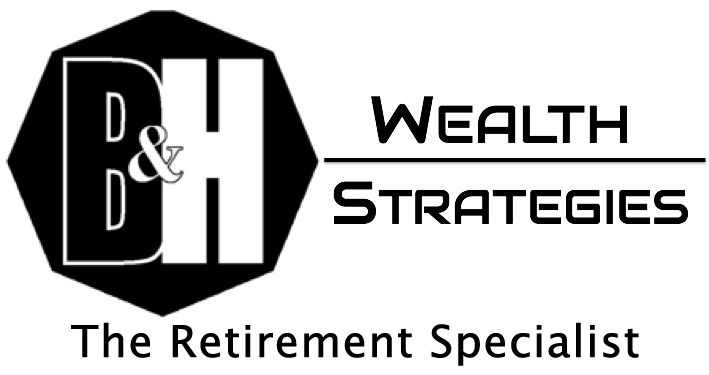Many investors have either heard or read about the retirement income strategy that uses three buckets. Each bucket represents a pot of money with a time frame for its use. The first bucket is typically designated for years 1-5, the second for years 5-15, and the third bucket for 15+ years.
In theory, it sounds great and looks good on paper. However, in practice it can quickly become a jumbled mess, difficult to monitor and analyze because investors typically have more than one retirement account with varying balances that don’t easily match up with recommended amounts for each bucket. To further complicate things, they often have tax-deferred, taxable, and tax-free accounts they’re trying to manage within the process.
That’s not to say the Retirement Buckets strategy doesn’t work, it’s just that most investors don’t have any practical ways to see the concept come to life. Therefore, I want to share three ways we help clients manage their retirement savings based on the buckets strategy.
Use Account Characteristics To Your Advantage
We start by segmenting accounts without any required withdrawals, such as Roth IRAs, into the bucket that has the longest time horizon. The reasoning behind this is that, unlike traditional IRAs, Roths have no RMDs (required minimum distributions) at age 70 1/2. With no immediate timeline for distribution, they have a clear path to grow for a longer period of time without disruption. Since they have 15 years or longer for the market averages to work in their favor, they are better positioned to hold riskier assets.
Understand the Role Of Cash
The second consideration is based on the role cash can play in retirement. Generally, it’s suggested that investors have two – three years of cash readily available from their portfolio to weather market storms. For example, in 2008-2009 investors without ample cash were stuck selling investments for less than they hoped for. However, for those with cash-at-hand, the great recession had a lesser impact because they were able to tap liquid funds instead of reducing their investment holdings during the downturn. In cases like this, the more cash you have the better off you are.
Of course, the problem with having a bunch of cash is that you can’t earn much of anything on it when interest rates are so low. That causes two problems. First, investors wonder if their money should be working harder, and second, if they can get by with less accessible cash. Overall, it can be a futile process that usually boils down to this: Don’t try and cheat the system. Don’t let your portfolio become susceptible to an “I told you so” incident. Markets do go up and down and, at some point, a bear market or a recessionary environment will emerge and you don’t want to be caught playing the shoulda-woulda-coulda game.
Identify A Mother-Ship
Another consideration we like to employ is to identify a core asset around which to build our main strategy. Instead of trying to coordinate a variety of investments within different accounts to each bucket’s time frame, by earmarking one particular account as the foundation (or mother-ship) we can focus on your main goal of growth or income, for example. We find this particularly helpful for couples who have a hodgepodge of retirement accounts and may disagree on which ones should go into which bucket.
When you have a central reference point you create a foundation from which current and future investments are made based on how well the mother-ship is holding up. If it’s sailing smoothly, you may be able to ratchet up your long-term bucket’s risk and growth-oriented holdings. If she’s starting to take on water, you may want to slow down and fill your lifeboats with more cash. Either way, a core asset gives you a focal point to help manage your strategy.
Overall, the bucket strategy is a proven concept that helps investors visualize the changes they may need to make as they approach retirement and begin turning retirement savings into disposable income.
Are you nearing retirement and looking for strategies to maximize your savings with a practical approach to the buckets strategy? Contact us today and put our knowledge and experience to work for you. There is no cost for an initial meeting where we can get to know more about you and discuss next steps to managing your retirement savings.
Are you feeling overwhelmed, confused or burdened by your various retirement savings accounts? Looking for someone to help you get things organized and on a track to help you achieve your financial goals? Contact us today and put our knowledge and experience to work for you. There is no cost for an initial meeting where we can get to know more about you and discuss next steps to taming your retirement savings hodgepodge.
Click here to schedule or meeting or call (423) 247-1152 to request more information.

